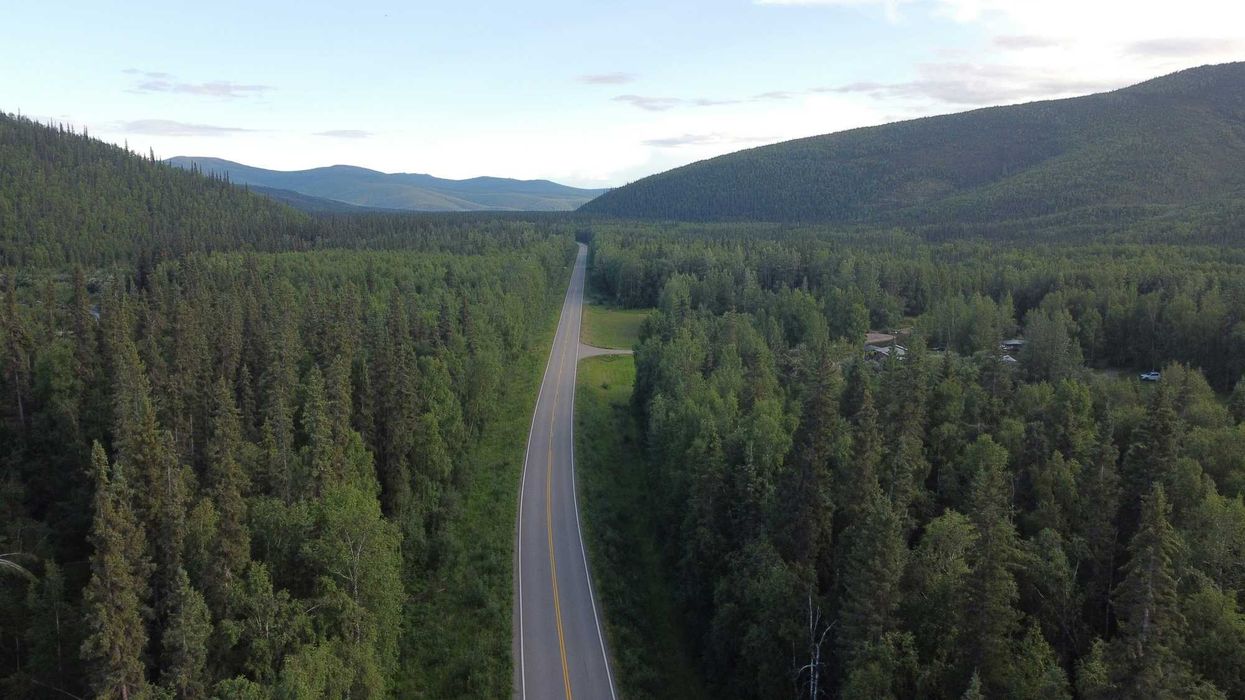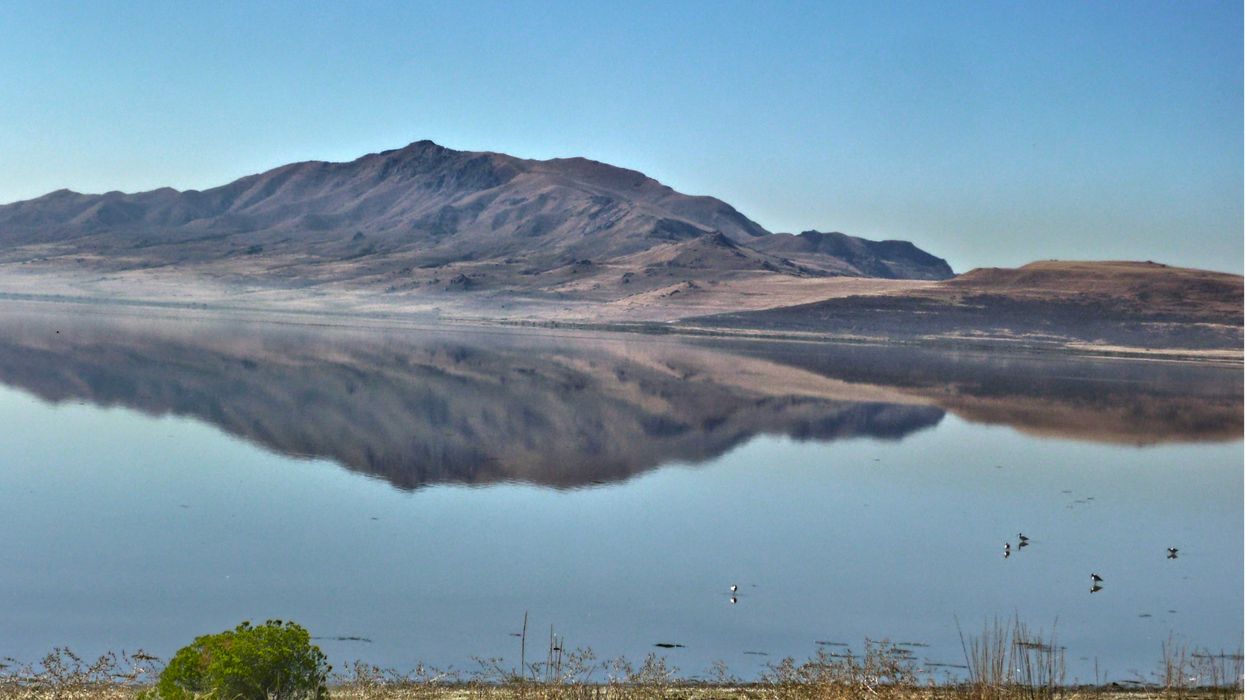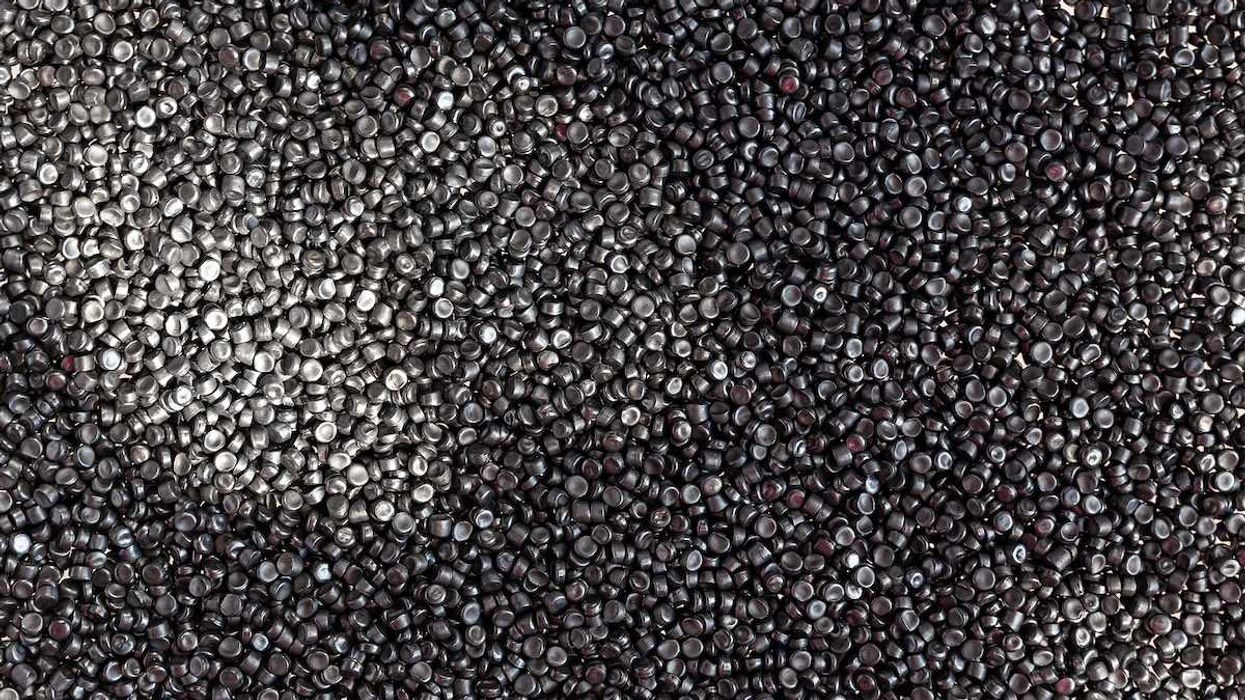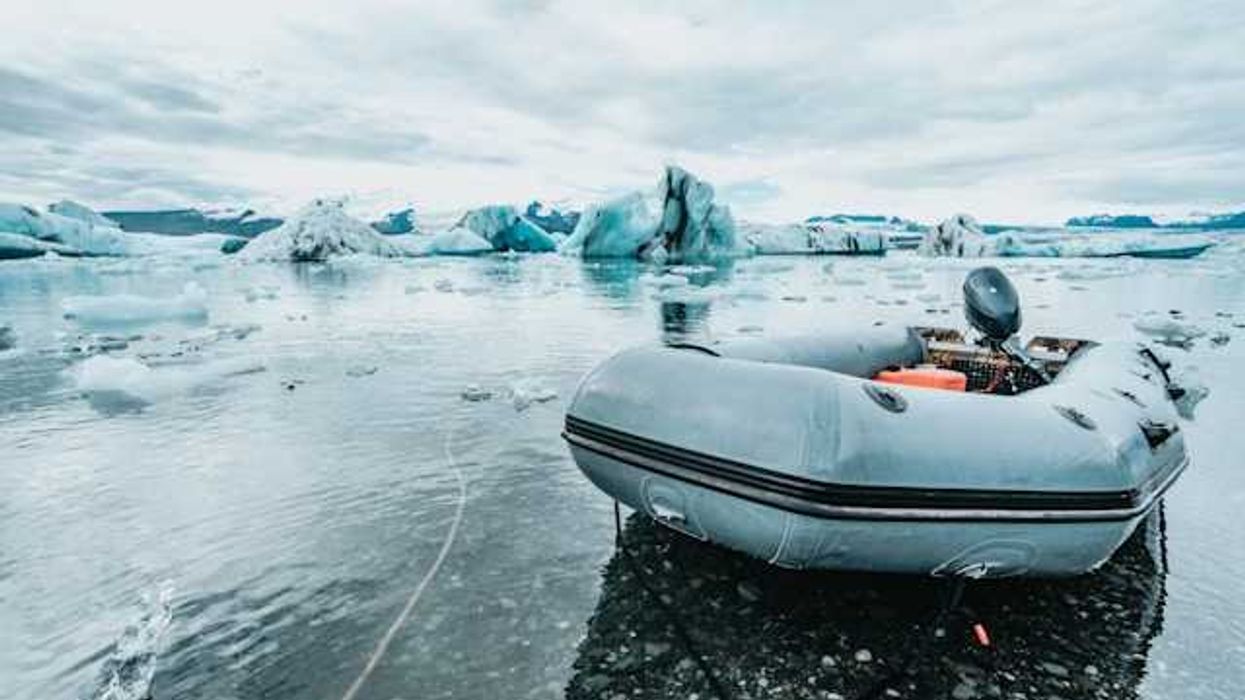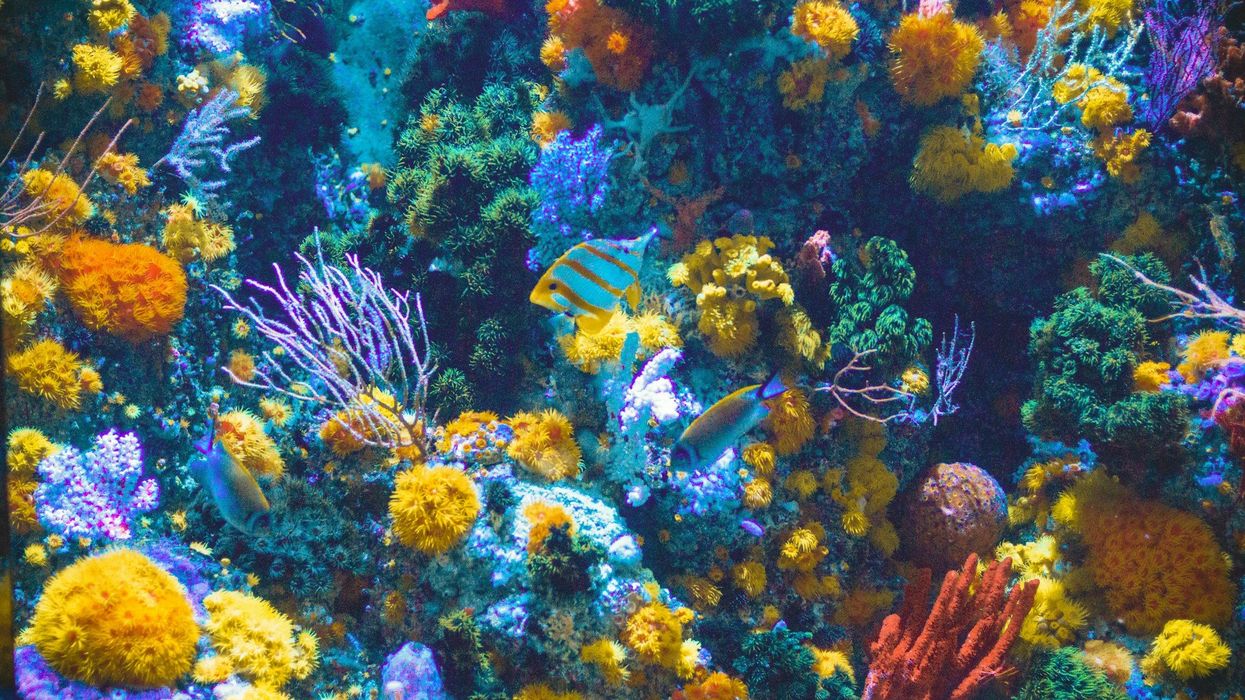A deadly strain of bird flu that devastated seal populations in Argentina has California wildlife experts rushing to prevent a similar outbreak among northern elephant seals.
Emily Anthes reports for The New York Times.
In short:
- More than 17,000 southern elephant seal pups died from bird flu in Argentina in 2023, prompting fears of a repeat among northern elephant seals along the Pacific Coast.
- Researchers and veterinarians in California are closely monitoring seal colonies at Point Reyes, collecting nasal swabs and tracking seal health and population trends.
- The Marine Mammal Center in Sausalito is testing all incoming seal patients for H5N1 and expanding surveillance efforts, despite limited resources and uncertain government funding.
Key quote:
“The concern is that any disease could wipe them out."
— Sarah Codde, a marine ecologist at the U.S. National Park Service
Why this matters:
The H5N1 avian flu strain has evolved beyond poultry farms and now circulates widely among wild birds and marine animals. For northern elephant seals — once nearly extinct and still genetically fragile — this virus poses an existential threat. Their dense breeding colonies, where thousands of animals gather in tight spaces, create perfect conditions for disease spread. The virus has already proven lethal in South America, wiping out a generation of southern elephant seals. California’s colonies sit along migratory routes of infected birds, making exposure a matter of time rather than chance.
An outbreak wouldn’t just threaten seals. It could signal broader environmental instability and the increased risk of zoonotic transmission—when diseases jump from animals to humans. The work of scientists and rescue centers along the California coast acts as a thin but vital line of defense, tracking invisible viral currents that could ripple into larger ecological and public health crises.
Related: Bird flu's toll on wildlife and potential risks to humans


